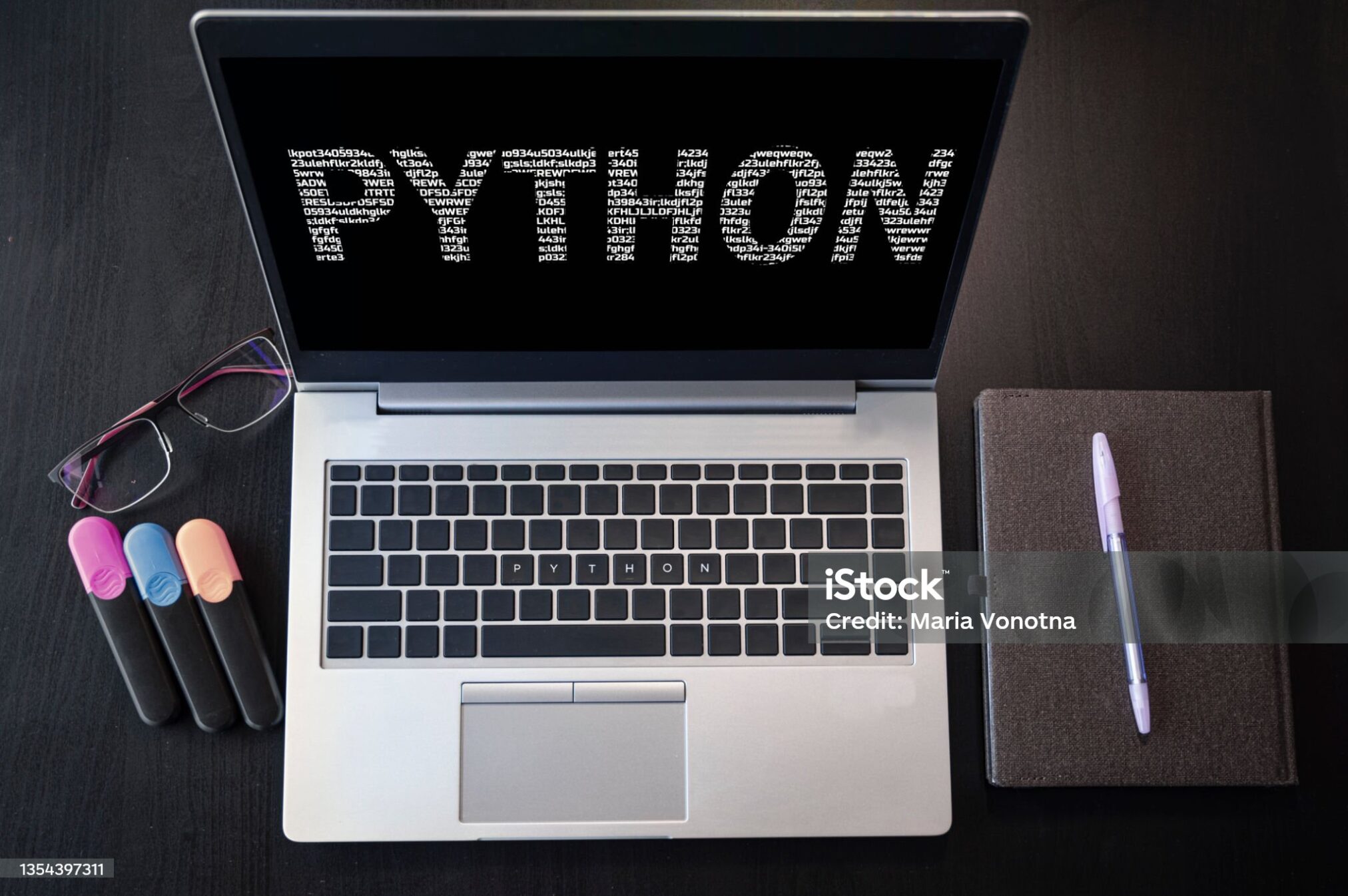In the vast landscape of programming languages, the journey from HTML to Python is an enriching experience for beginner programmers. HTML, the backbone of web development, provides an excellent starting point. Aspiring developers often wonder how to progress from web markup languages to more versatile programming languages like Python. This article aims to serve as a roadmap for beginners, outlining the steps, resources, and essential skills needed to make a smooth transition. Beginners HTML to Python roadmap, let’s delve in.
Understanding HTML: The Foundation of Web Development:
HTML (HyperText Markup Language) is the cornerstone of web development. It provides the basic structure for web pages, allowing developers to create content and structure it within a browser. Before diving into Python, it is crucial to grasp the fundamentals of HTML. Learn about tags, elements, and the Document Object Model (DOM) to understand how web pages are structured and manipulated.
1. Learning Resources for HTML:
- W3Schools: A beginner-friendly online resource offering tutorials and interactive exercises.
- Mozilla Developer Network (MDN): In-depth documentation and guides for HTML and web development.
- Codecademy: Interactive coding lessons to reinforce your HTML skills.
2. Practice Projects:
- Build a simple personal webpage.
- Create a form for user input using HTML forms.
Transitioning to CSS: Enhancing Web Design:
Cascading Style Sheets (CSS) is the next step after mastering HTML. CSS allows developers to style and format web pages, enhancing the visual appeal. Understanding how HTML and CSS work together is crucial for creating well-designed, responsive websites.
1. Learning Resources for CSS:
- MDN: Detailed documentation and tutorials on CSS.
- CSS-Tricks: Articles, guides, and resources for mastering CSS.
- FreeCodeCamp: Interactive coding challenges and projects for hands-on experience.
2. Practice Projects:
- Design a portfolio webpage with CSS styles.
- Create a responsive layout for a blog using media queries.
Introduction to JavaScript: Adding Interactivity:
JavaScript is a powerful scripting language that adds interactivity to web pages. As you progress from HTML and CSS, incorporating JavaScript introduces dynamic elements and functionality. Understanding JavaScript is essential for frontend development.
1. Learning Resources for JavaScript:
- Eloquent JavaScript: A comprehensive book for understanding the language deeply.
- JavaScript.info: In-depth tutorials and articles on JavaScript concepts.
- CodeCombat: Gamified coding challenges to make learning JavaScript engaging.
2. Practice Projects:
- Build a simple interactive slideshow using JavaScript.
- Create a form validation script to enhance user experience.
Python Basics: Transitioning to a General-Purpose Language:
Once you are comfortable with frontend technologies, it’s time to shift to a general-purpose language like Python. Python is known for its readability and versatility, making it an excellent choice for beginners. Focus on understanding basic syntax, data types, and control structures.
1. Learning Resources for Python:
- Python.org: Official documentation and beginner guides for Python.
- Codecademy: Python courses with interactive exercises.
- Real Python: In-depth tutorials for Python developers of all levels.
2. Practice Projects:
- Write a simple Python script to automate a repetitive task.
- Create a basic console-based game using Python.
Understanding Data Structures and Algorithms: Building a Strong Foundation:
This beginners HTML to Python roadmap can not ignore data structure and algorithm as this is the backbone of every programming language. Therefore, to become a proficient Python programmer, delve into data structures and algorithms. This knowledge forms the backbone of efficient and scalable coding practices. Learn about lists, dictionaries, stacks, queues, and common algorithms for sorting and searching.
1. Learning Resources for Data Structures and Algorithms:
- GeeksforGeeks: A comprehensive resource for data structures and algorithms.
- HackerRank: Platform offering coding challenges to practice algorithms.
- “Introduction to Algorithms” Thomas H. Cormen: A classic book for in-depth understanding.
2. Practice Projects:
- Implement a linked list or a binary tree in Python.
- Solve algorithmic challenges on platforms like LeetCode or CodeSignal.
Web Development with Flask or Django: Bringing Python to the Web:
Python’s versatility extends to web development through frameworks like Flask and Django. These frameworks simplify the process of building robust, scalable web applications. Choose one based on your preferences and start building dynamic web projects.
1. Learning Resources for Flask/Django:
- Flask Documentation / Django Documentation: Official documentation for each framework.
- Corey Schafer’s Flask Tutorial / Django Tutorial: Video tutorials for practical insights.
- Full Stack Python: Comprehensive resource for learning web development with Python.
2. Practice Projects:
- Build a simple web application using Flask or Django.
- Create a blog or a to-do list application with user authentication.
Introduction to Database Management: Storing and Retrieving Data:
Understanding databases is crucial for creating dynamic and data-driven applications. Learn the basics of database management systems (DBMS) and how to interact with databases using Python. Explore SQL for relational databases and NoSQL options like MongoDB.
1. Learning Resources for Databases:
- SQLZoo: Interactive SQL tutorials for beginners.
- MongoDB University: Courses for learning MongoDB, a popular NoSQL database.
- SQLite Documentation: Understanding SQLite for lightweight database solutions.
2. Practice Projects:
- Create a simple database-driven web application.
- Build a data-driven API using Python and a database.
Advanced Python Concepts: Mastering the Language:
Dive deeper into advanced Python concepts to strengthen your programming skills. Explore topics like decorators, generators, and context managers. Familiarize yourself with libraries and tools that streamline development processes.
1. Learning Resources for Advanced Python:
- Fluent Python Luciano Ramalho: A book for mastering Python idioms and patterns.
- Real Python: Advanced tutorials covering various Python topics.
- Python Enhancement Proposals (PEP): Explore PEPs for understanding language enhancements.
2. Practice Projects:
Beginners HTML to Python Roadmap will not be complete if it does not emphasise the importance of practicing with real life projects.
- Implement a custom Python decorator for logging or timing functions.
- Create a Python script using generators for efficient memory usage.
Version Control with Git: Collaboration and Code Management:
Git is a version control system that facilitates collaboration and code management. Understanding Git is crucial for working on projects with multiple developers and contributing to open-source projects.
1. Learning Resources for Git:
- Pro Git Scott Chacon and Ben Straub: A comprehensive book on Git.
- GitHub Learning Lab: Interactive courses for learning Git on GitHub.
- Atlassian Git Tutorial: An in-depth tutorial on Git concepts and workflows.
2. Practice Projects:
- Create a personal repository on GitHub and practice basic Git commands.
- Contribute to an open-source project on GitHub.
Building Full-Stack Applications: Integrating Frontend and Backend:
Combine your HTML, CSS, JavaScript, and Python skills to build full-stack applications. Learn how to integrate frontend and backend components, handle user authentication, and deploy your applications to the web.
1. Learning Resources for Full-Stack Development:
- Full Stack Open: A free and comprehensive course on full-stack development.
- Real Python: Tutorials on building full-stack applications with Python.
- Deploying Python and Django Apps on Heroku: A guide for deploying web applications.
2. Practice Projects:
- Build a social media platform or an e-commerce site.
- Deploy a full-stack application to a cloud platform like Heroku or AWS.
Continuous Learning and Specialization: Choose Your Path:
Programming is a vast field with various specializations. Explore areas such as machine learning, data science, game development, or cybersecurity based on your interests. Engage in ongoing learning, participate in communities, and stay updated with industry trends.
1. Learning Resources for Specializations:
- Coursera / edX: Platforms offering courses on various programming specializations.
- Kaggle: Community and platform for data science and machine learning projects.
- GitHub: Explore repositories in areas of interest for real-world projects.
2. Continue Building Projects:
- Build a machine learning model using Python libraries like TensorFlow or PyTorch.
- Contribute to open-source projects related to your chosen specialization.
Conclusion:
The journey from HTML to Python is an exciting and rewarding path for beginner programmers. Mastering HTML, CSS, JavaScript, and Python opens doors to a wide range of possibilities, from web development to data science and beyond. Follow this comprehensive roadmap, explore resources, and consistently build projects to strengthen your skills. As you progress, remember that the key to becoming a proficient programmer is continuous learning, practice, and a passion for solving problems with code. If our Beginners HTML to Python Roadmap was helpful, please consider sharing the link to others. Happy coding!
This book authord was so helpful to me while starting out. I recommend it to anyone who wishes to make exploits with python programming language.


Interested in data science with machine learning
Thank you for your comment mr Alfred, our team is currently working on publishing some interesting articles regarding this topic and they will soon be made available. Best regards